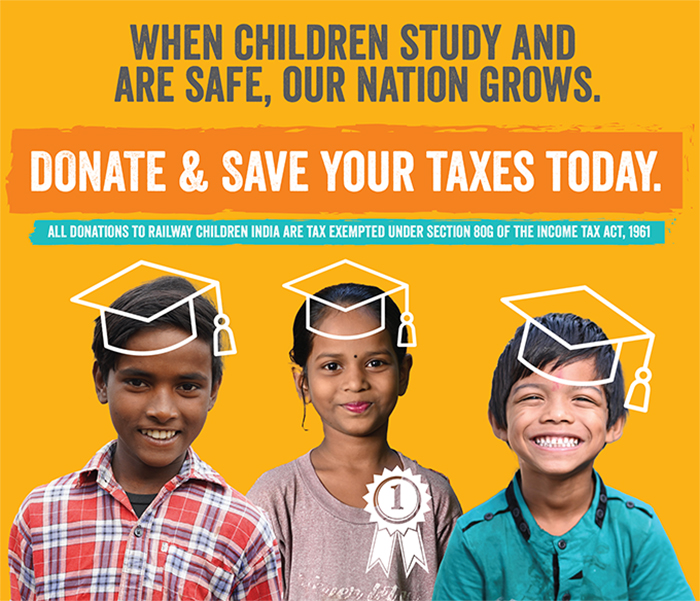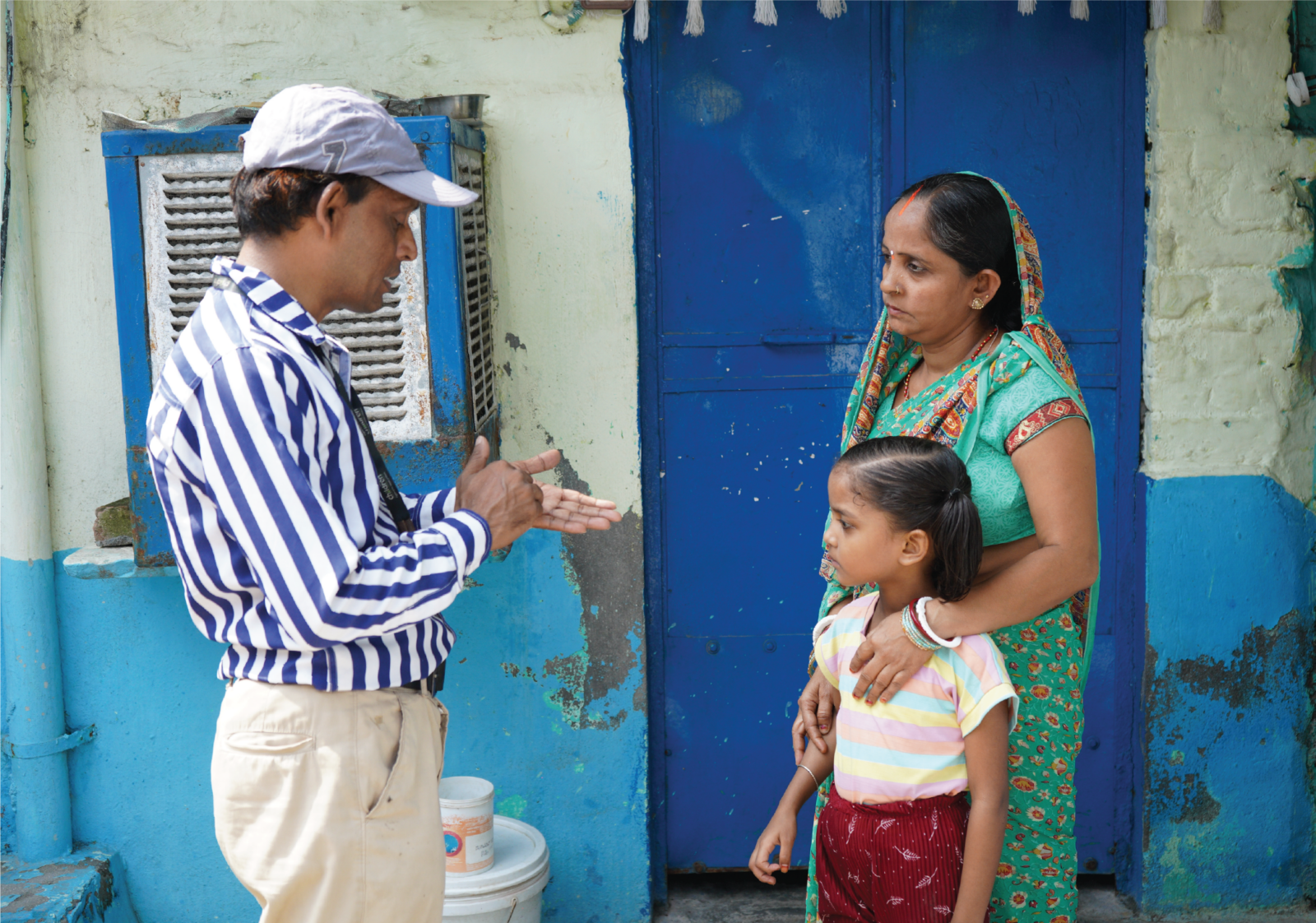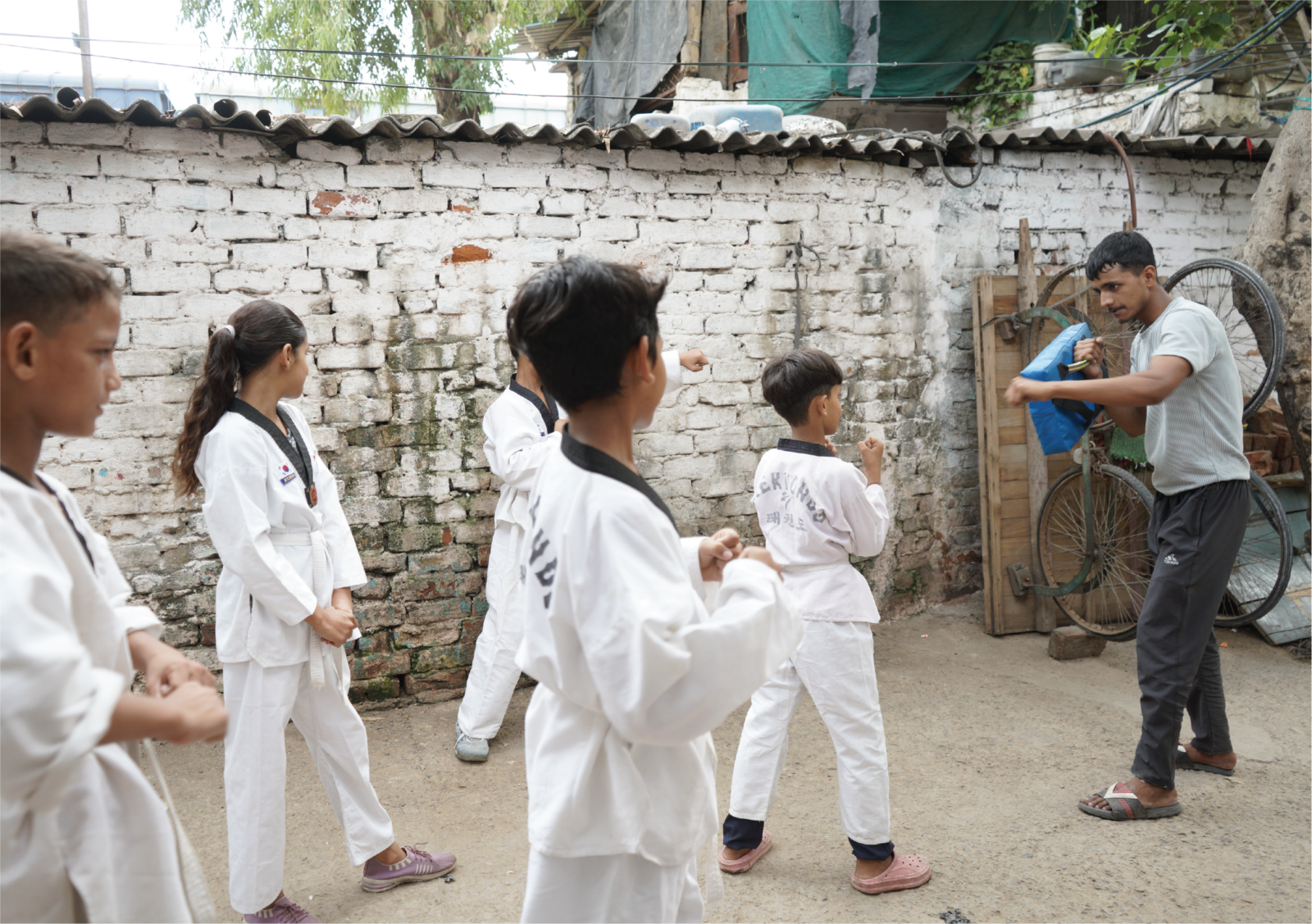Illustration by Ollie Sylvester
Ensuring the implementation of child rights in our homes, schools and communities requires awareness and knowledge, yes. More importantly, though, it requires for all of our preconceived notions, biases and myths to be busted and corrected. Keeping this need in mind, here is a list of deeply entrenched myths/misconceptions surrounding child safety and protection that stand in the way of secure and happy childhoods.
Children living in cities and hailing from rich families don’t face child abuse
Child abuse is a universal issue, transcending economic and social barriers. Wealth and education do not stop perpetrators from harming children, and are poor indicators of how safe a child’s environment is. A saddening report points out to the harsh reality that 90% of child-abuse survivors know their abuser. It is also important to know that child abuse is not restricted to physical/sexual abuse. It also entails isolation, rejection, criticism, exposure to domestic violence and neglect of all kinds.
Boys are safe. They don’t face as much abuse as girls do; hence, boys don’t need protection.
The key myth-buster here is the fact that abuse is gender neutral. A patriarchal mindset bars the male child from showing any signs of vulnerability. In countless cases of child abuse among boys, this mindset has come to the fore, leading boys to hide, and worse, deny their own violation. It is noteworthy to mention that child abuse can be seen in children of all ages. Teenage boys, often neglected as potential victims of abuse of all kinds, are no exception to the rule.
Children make up stories, don’t believe when they say they are abused
It is easy push away complaints of child abuse as made-up stories inspired by fiction. This, however, is rarely the case. Studies new and old have found that cases of false allegations made by children are less than 1 in 10. Some parents may also feel that the lack of physical evidence hints at a false alarm. This too could not be further from the truth, since medical evidence is found is less than 5% of substantiated child sexual abuse cases.
Beating my child is a part of disciplining them
In numerous households and schools, especially in India and other Asian countries, parents consider slapping and beating as a harmless act that is almost necessary to discipline the child. It needs to be reiterated that beating a child amounts to physical abuse and violence. Parents, teachers and guardians must be aware of the psychological and cognitive effects of repeated physical abuse on children, the baggage of which they may carry into their adulthood. There also needs to be widespread awareness that beating a child may be an instant act of power assertion for the parent, but it only bears negative fruits in the psyche of the child, no matter the social strata the child belongs to.
Comparing my children helps them push themselves
Yet another common phenomenon is comparing the grades and development of your child with those of others, yields the harsh results. To begin with, comparing children with each other is unfair given the distinct and unique capabilities of each of them. Secondly, it becomes unbearably challenging for kids to keep up with the ever-growing comparisons, pushing them in a debilitating cycle of stress and emotional abuse. Quit comparing, start embracing!
Children are abused only by outsiders
This is one of the most widely held myths that stops parents and guardians from accepting and taking action against abusers. Multiple reports and studies have indicated that in majority cases of child abuse, the victim knows the perpetrator. In many cases, the perpetrator is a resident of the same household. It is more common than is known for children to personally know their perpetrator. Therefore, it becomes important for parents to take unbiased action against the known abuser, without doubting their children.
This easy-to-understand graphic encapsulates these and some other myths with references to the reports and studies cited as well. Do give it a read.







